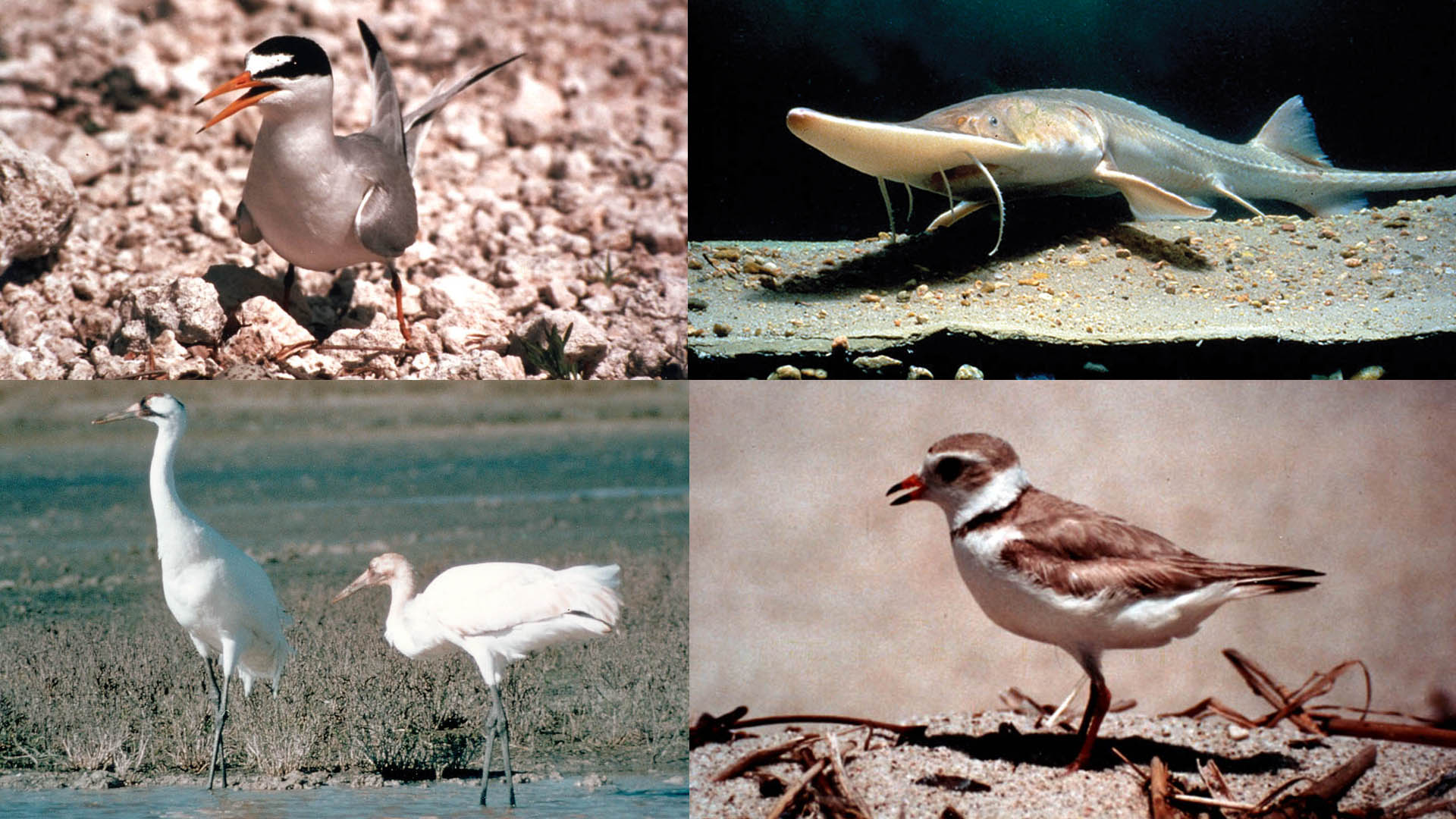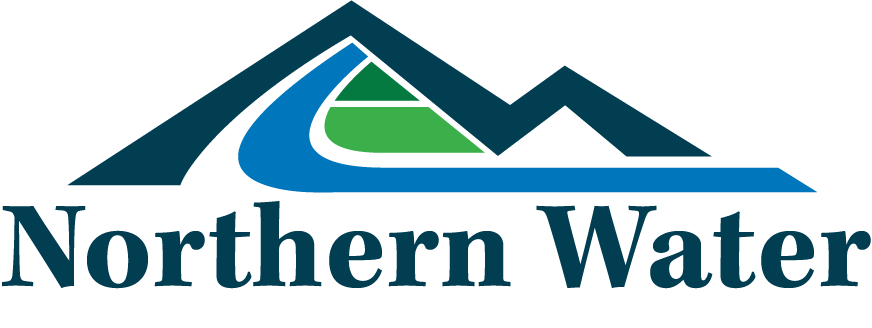Platte River Recovery
Protecting Our Rivers, Endangered Species and Water Use
Northern Water is a voluntary and necessary participant in the Platte River Recovery and Implementation Program (PRRIP), which aims to protect and restore habitats in the Platte River basin for the benefit of four threatened and endangered species, including three birds and one fish: whooping crane, least tern, piping plover and pallid sturgeon. The program provides protection of existing and new Colorado water uses from potential Endangered Species Act (ESA) issues.
The program originated discussions in 1994, officially began in 2007 and will continue as is until 2032. Colorado, Wyoming, Nebraska and the U.S. Department of the Interior agreed to protect 10,000 acres of habitat in Nebraska by providing on average up to 150,000 additional acre feet of water annually to reduce shortages to the U.S. Fish and Wildlife Service (USFWS) target flows in the Big Bend Reach, an 80-mile stretch of the Platte River between Overton and Chapman, Neb.
The group formulated a master plan to collaboratively manage water, land and improve the ecological health of the Platte River through Adaptive Management, seeking to understand and improve conditions required for species listed as threatened or endangered under the ESA so existing and new water activities are protected and can continue to take place.

Representing Colorado Water Users
Northern Water has been a principal negotiator of the program from the beginning, representing Colorado water users in the South Platte Water Related Activities Program (SPWRAP). Formed in 2007, the non-profit SPWRAP is the vehicle by which Colorado water users through annual dollar assessments (used for water project costs) may participate in the PRRIP and obtain regulatory benefits provided by the program. Northern Water, through SPWRAP, provides as-needed technical support for the necessary water management and accounting, and for the ecosystem recovery efforts of PRRIP on behalf of Colorado water users.
The Tamarack Project
As part of the South Platte River recovery work by SPWRAP and the State of Colorado, the Tamarack Project of managed groundwater recharge increases river flows at key times to improve conditions for endangered species in the Platte River, while enhancing wildlife habitat at the Tamarack Ranch State Wildlife Area in Colorado. The project works through retiming of river flows by pumping/diverting water through wells next to the river and ditches into ponds located at key distances from the river at the Tamarack Ranch State Wildlife Area and on other private lands between Sterling and Julesburg. Water is pumped/diverted when Colorado demands are low and there is excess in the river. The water seeps into the ground recharging the tributary aquifer where groundwater is stored. The aquifer seeps this recharged water back to the river over time in a known amount contributing to PRRIP 10,000 acre-feet on average annually for shortage reduction to USFWS target flows. These managed groundwater recharge projects in Colorado also mitigate the effects on river flows from new water development in Colorado.
Tamarack Project Map